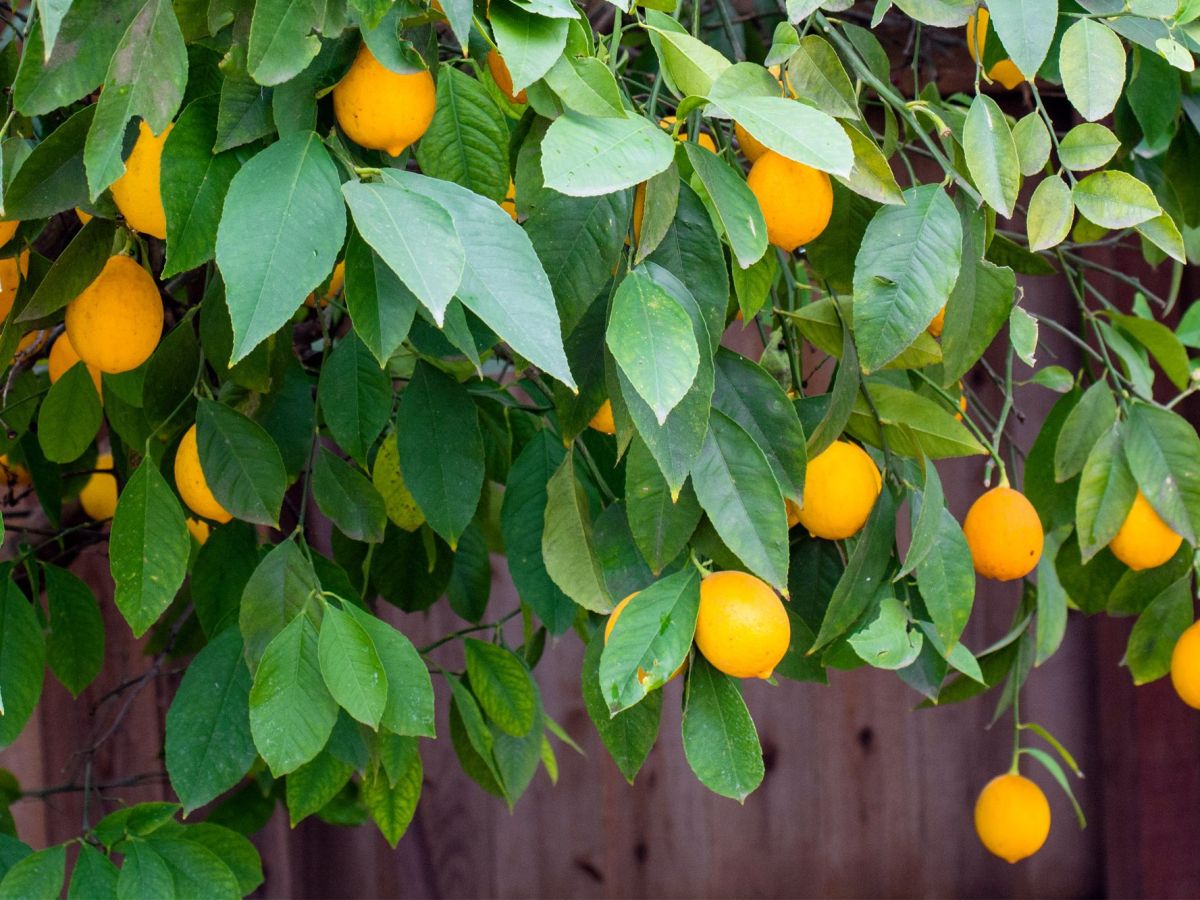The Meyer lemon is native to China and is also known as citrus x meyeri or xiangningmeng in Chinese. The fruit is a mix between a citron, a mandarin and a pomelo and is part of the Rutaceae family.
Agricultural explorer Frank N. Meyer was tasked with learning about farming practices in China and came across the fruit during a trip to Beijing in 1907. It’s said he spotted an ornamental plant outside of someone’s home and tried the fruit for himself, snipping cuttings that were later sent back to the US.
The lemons were initially grown in California before they were planted in Florida and Texas. However, the trees were prone to the citrus tristeza virus and the fruit was not easy to transport due to its thin skin. The University of California released a virus-free version of the plant in 1975 called the Improved Meyer lemon tree, which is the variation grown today.
Growth and harvest
Meyer lemon trees can be planted in pots or in the ground. Trees reach up to 3m in height and are covered in thorny branches with dark green glossy leaves. White flowers with purple bases cover the plant, which requires at least six hours of direct sunlight per day and well-drained soil.
Trees should be regularly pruned and fertilised to ensure maximum yield, with plants producing fruit in around two years. Fruit can grow between 5–8cm in diameter and is ready to harvest once it turns from green to dark yellow/orange in colour. Lemons can be picked by hand or with shears.
Flavour profile and appearance
Recognisable by its oval appearance, Meyer lemons are much rounder in shape than its counterparts. The fruit has a thin, fragrant, glossy peel that turns deep yellow/orange in colour when it reaches peak ripeness.
White pith surrounds the flesh, which is segmented into nine dark yellow pieces. Meyer lemons have relatively few to no seeds and a sweet, floral flavour thanks to its low level of acid and high sugar content.
Culinary applications
The lemons can be used in the same way as any other citrus and are the perfect ingredient for salad dressings, cocktails and desserts. The lemons can be squeezed
over proteins and vegetables or preserved in salt for year-round use when they are not in season.
Chez Panisse Chef Alice Waters played a key part in popularising the fruit, using the lemons across her Berkeley restaurant’s menu, including in the iconic sherbet dish. Meyer lemons keep for around 10 days and can also be stored in the fridge to extend longevity.

